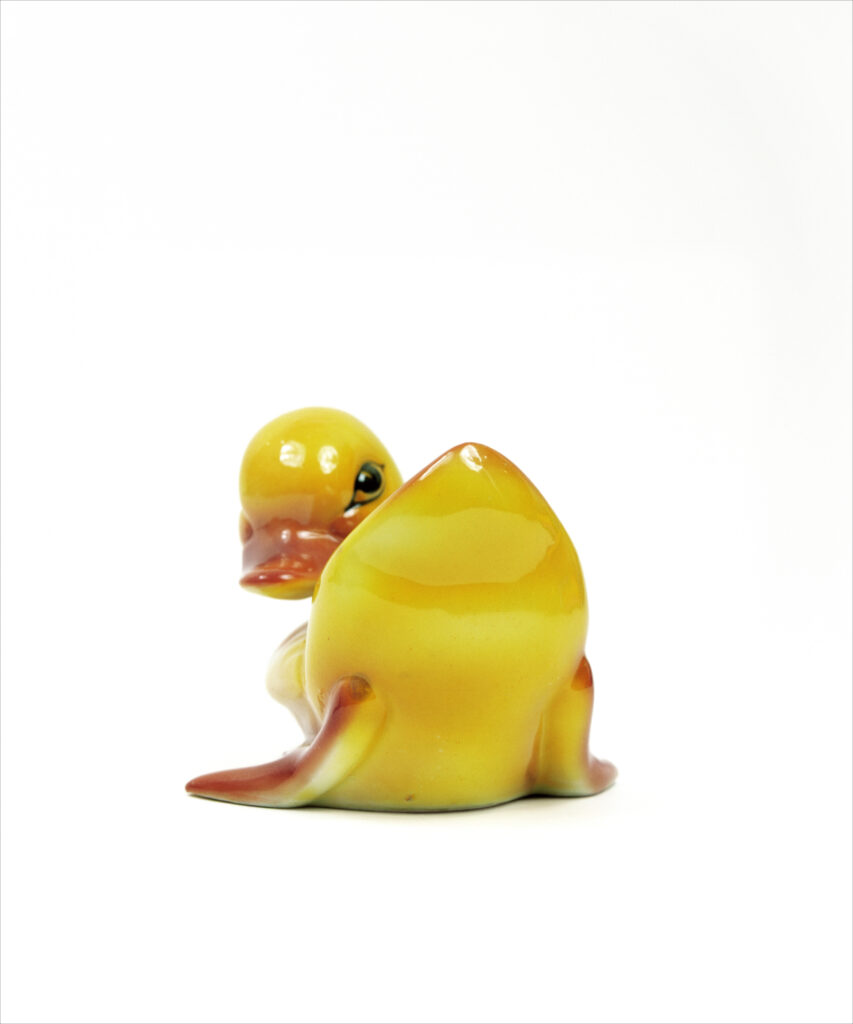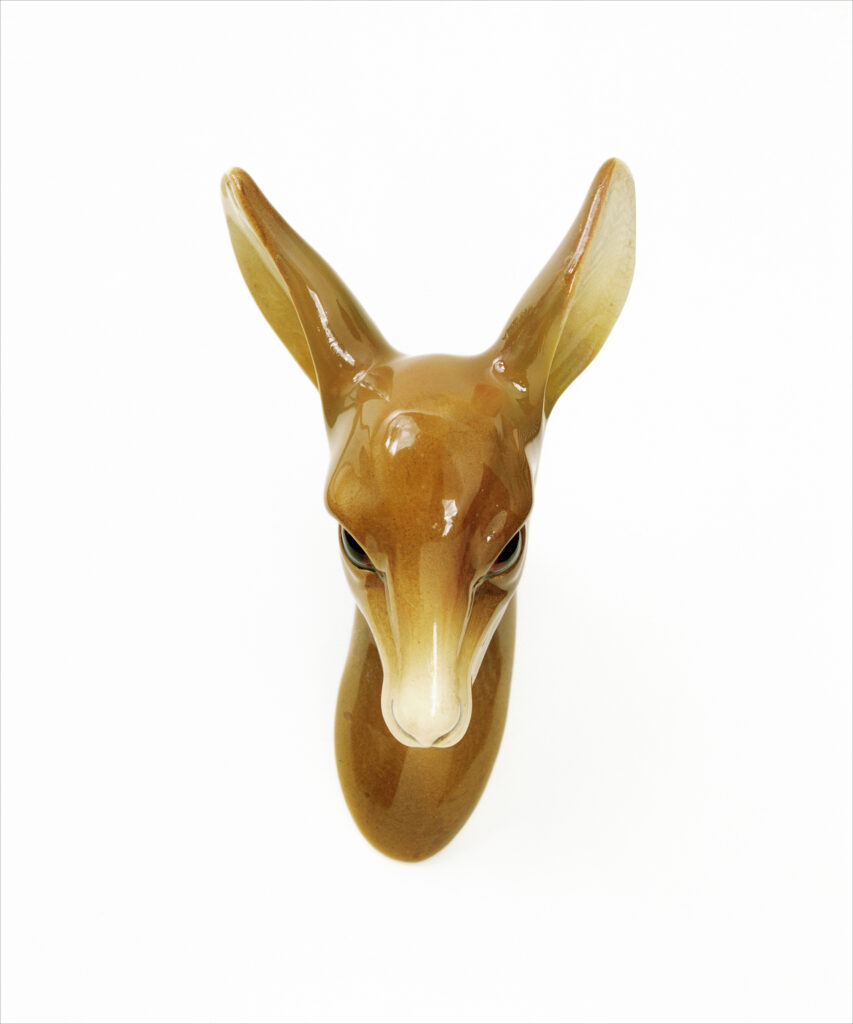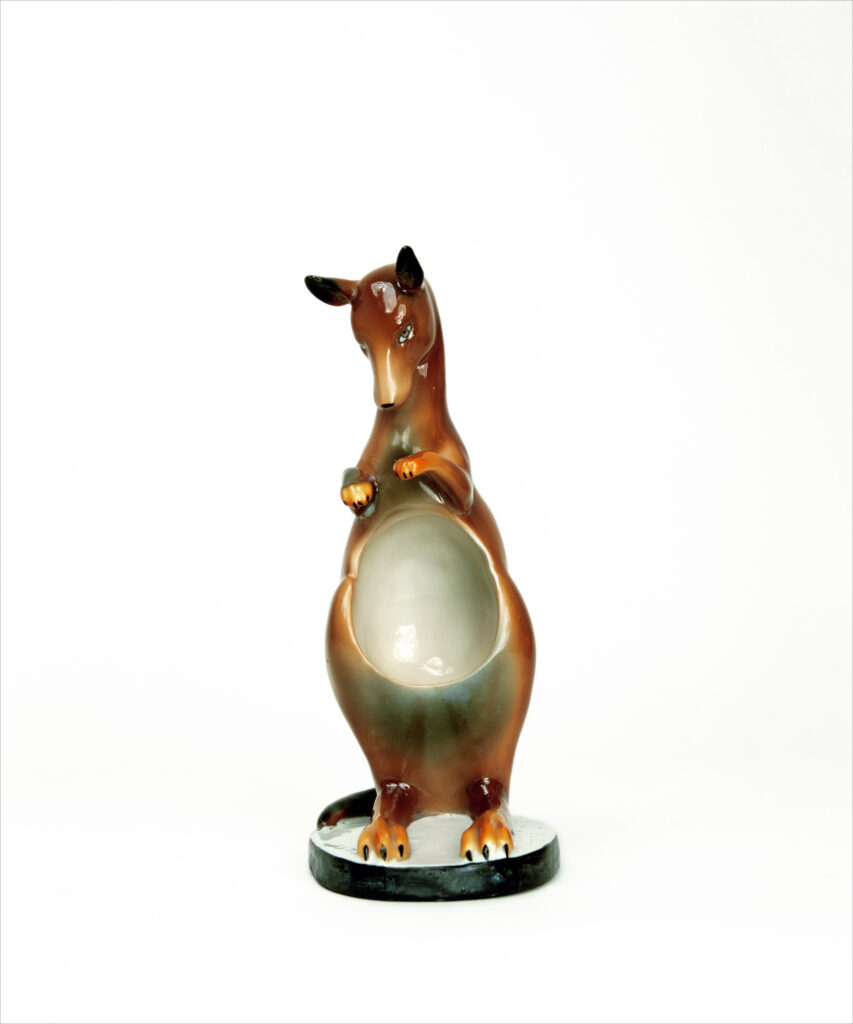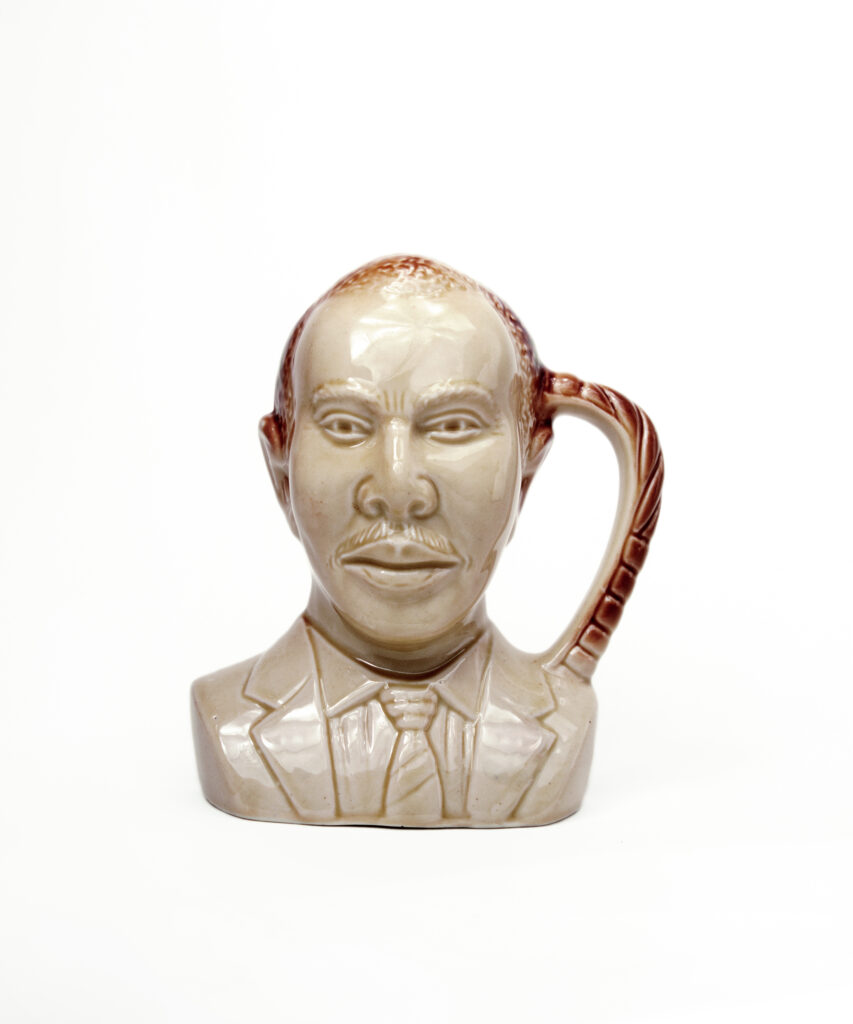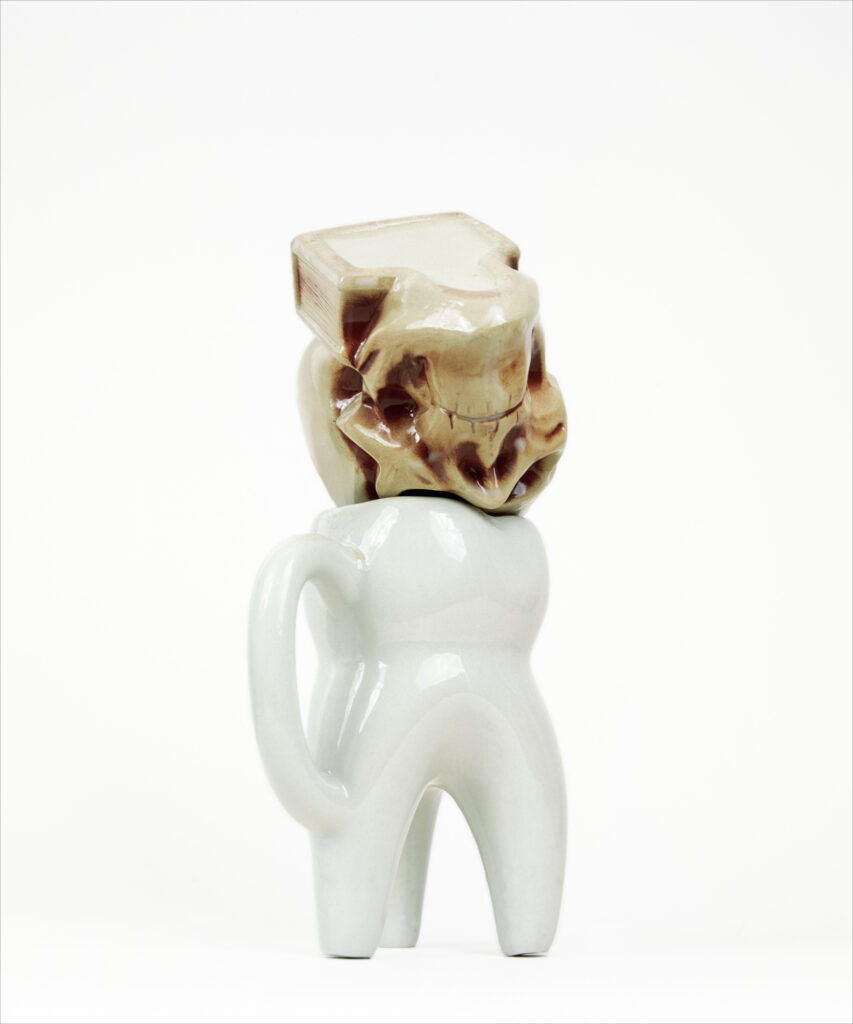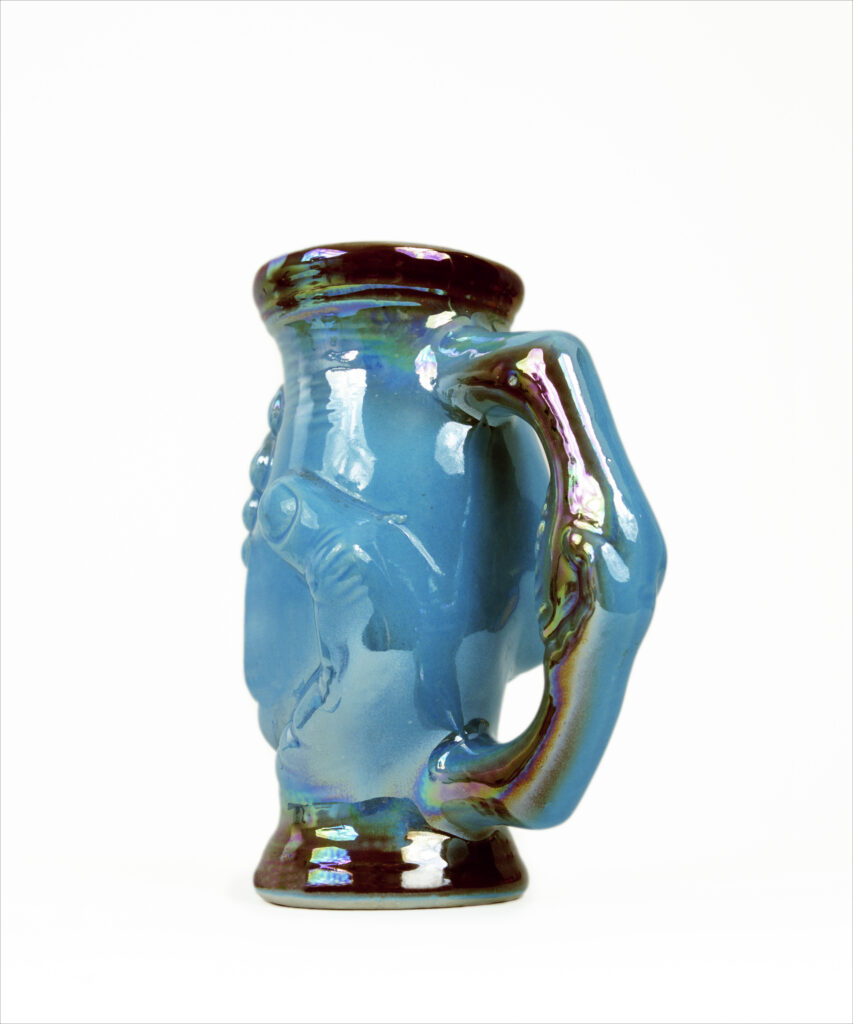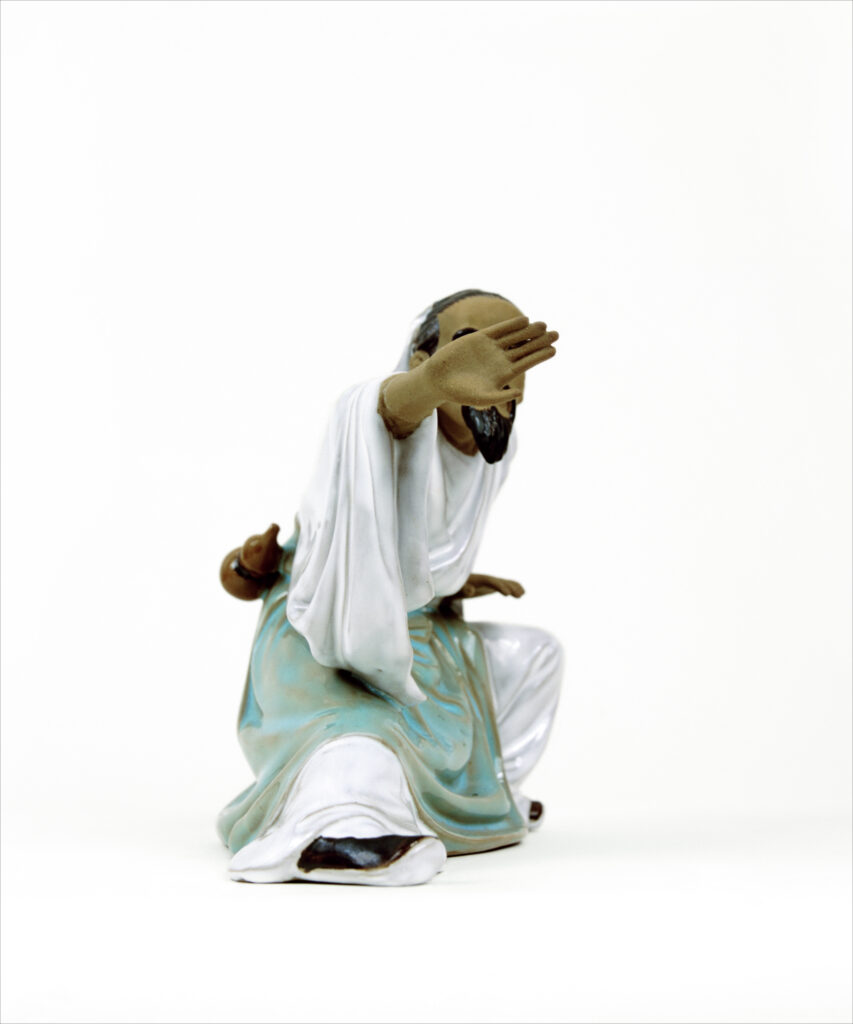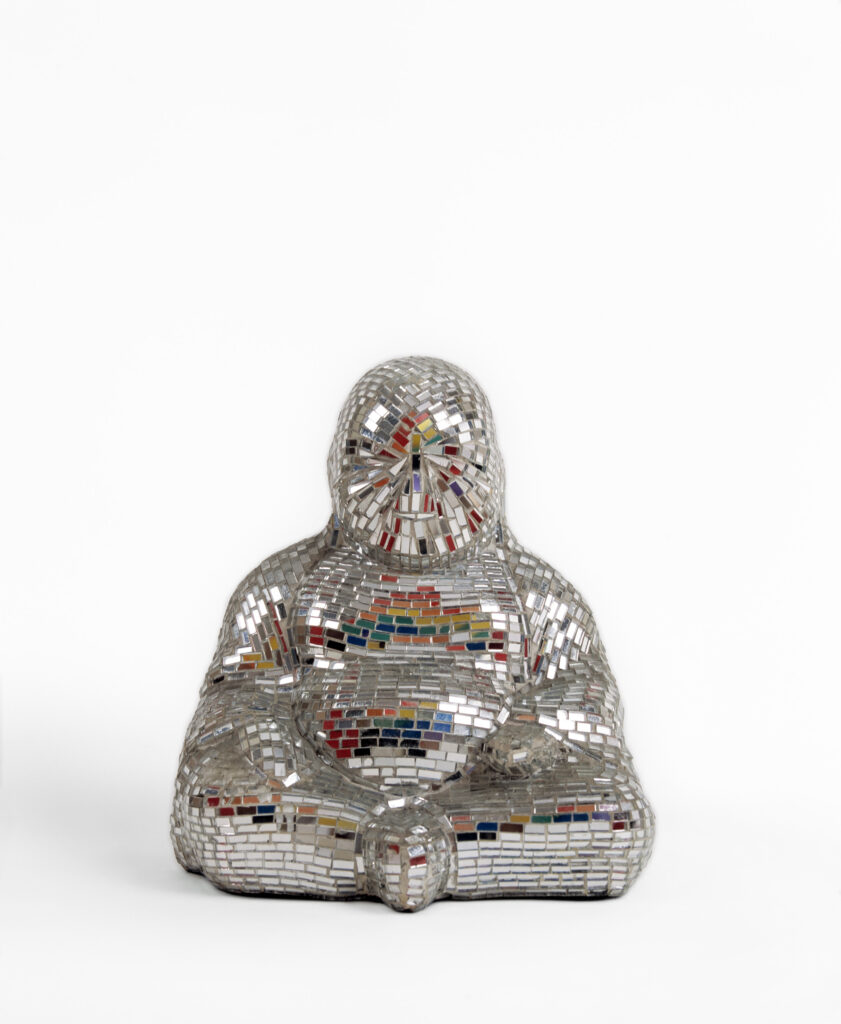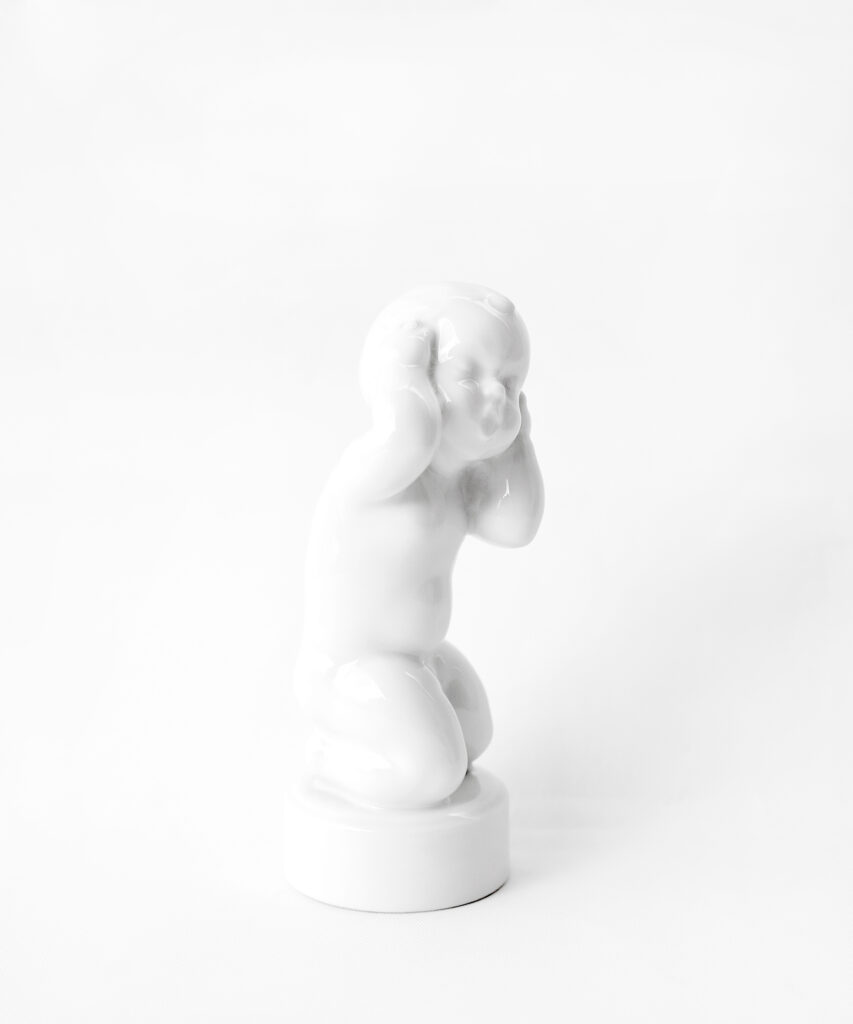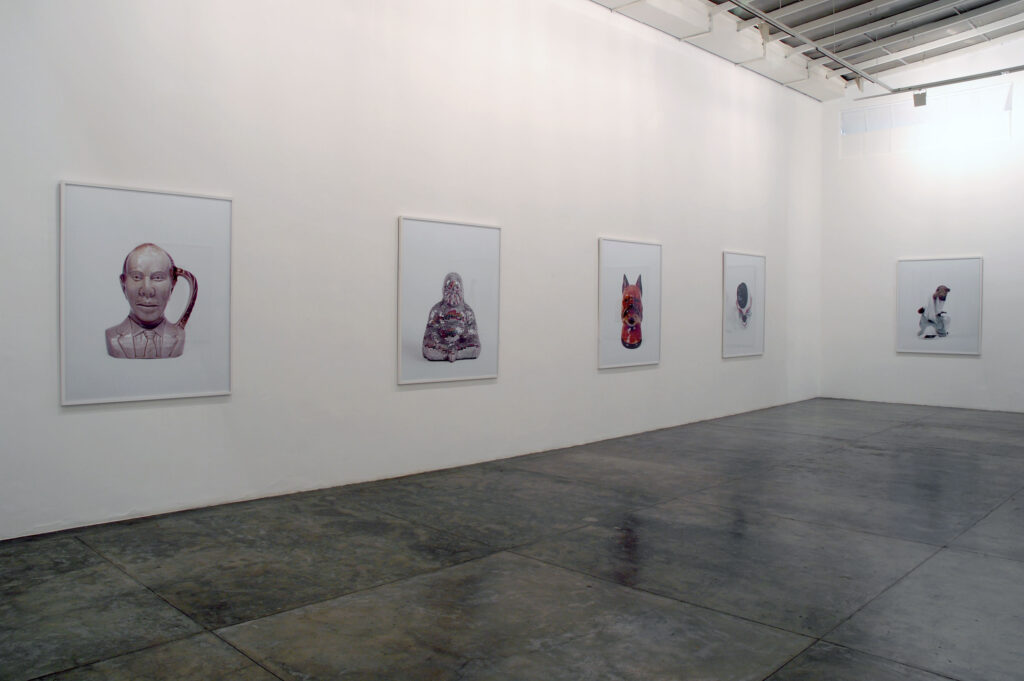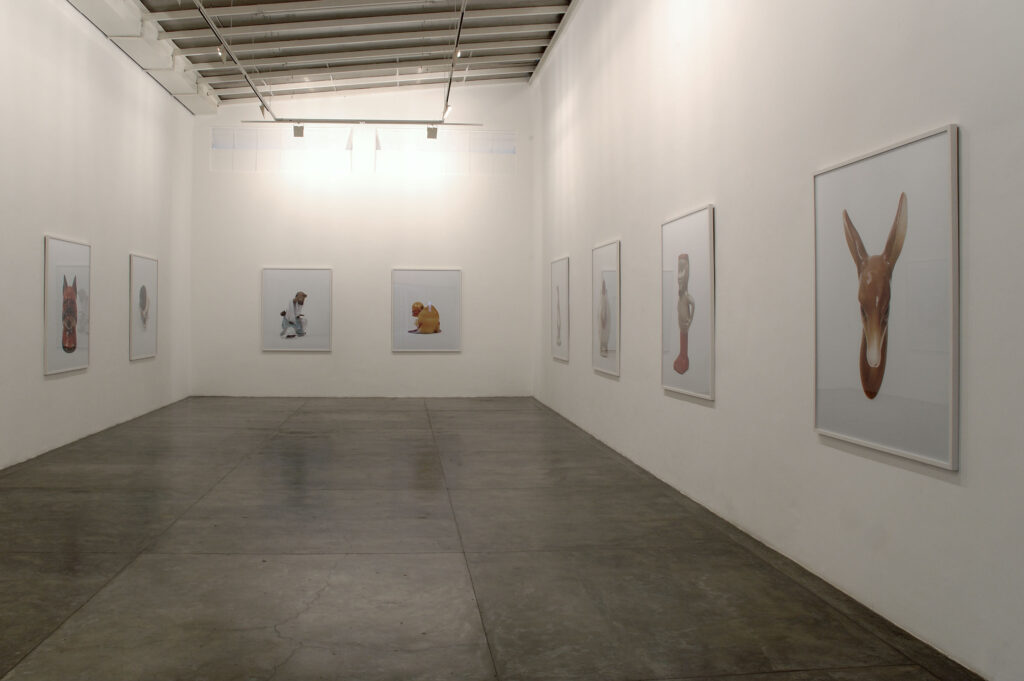
Figures

Like the First Time
In a work of 1997, Marcos Chaves presented a color vista of a well-known Rio de Janeiro landmark – Sugar Loaf viewed from Dona Marta scenic lookout, which is a very popular postcard shot – with the phrase eu só vendo a vista [I only sell the view] printed in white lettering on a black strip. And thus he synthesized, in very simple manner, one of the most distinctive traits of his work: his ability to observe the world from a keen and witty viewpoint and, in this way, displace the perception of routines and habits that hampers one’s awareness of unknown things. While stating his disinterest in selling his city – the artist’s objective is to disseminate its exuberant landscape via the art broadcasting system –, he subliminally denounces the corrupt and predatory action of others who gradually deprive it of a possibly festive and/or peaceful coexistence. On several other occasions ever since, Chaves has affirmed his desire to view the surrounding environment in different manners and, to this end, subvert celebrated views, whether they be physical, cultural or political. And the fact that there are other senses (besides the one mentioned here) equally useful for such a job ultimately stresses the implicit desire to evoke possible multiple gazes.
The appropriation of objects, images and strategies from the repertoire of everyday urban life into Marcos Chaves’ work also provides the base for it. On occasion, the artist limits himself to photographing the surroundings, which he presents in unusual ways, revealing meanings that go unnoticed to the ordinary gaze, anesthetized as it is by the surplus of information available all the time. For example, in the series Buracos (Holes) he recorded different road signage devised by anonymous dwellers of various Brazilian cities to indicate potholes and pavement imperfections out of their disbelief in the public administration to resolve such a basic issue. By presenting, in his photographs, these signs constructed with assorted urban debris, the artist introduces them in a field of visual signification that confers on them not only the descriptive potential of a social fact, but also consensual aesthetics. In another set of photographs, Marcos Chaves builds and makes available an idiosyncratic point of view on ornamental statuary that reproduces, under eclectic constructive codes, human bodies in total or in part. However, prior to re-creating them as images – and unlike the distinctive mode of the series Buracos –, the artist interferes with said objects to stress the ironical and singular manner in which he sees them. To this end, he resorts to makeup and several accessories such as strip eyelashes, masks, and dental prostheses. Instead of putting the flow of life on hold, here photography provides a record of the ephemeral dynamics that the artist imparts to his representation of the world carved in stone. In these works, he reasserts his belief that the world may be observed and understood from multiple vantage points, or yet that things are sufficiently unstable to stimulate the senses and the mind in different ways.
It is precisely in search of these stimuli that Marcos Chaves not only roams the streets but also visits flea markets looking for secondhand objects. Then, by means of photographs that register the specific location of bric-a-brac strewn on the floor or on wooden boards, he exerts the power that viewpoints have to confer meaning to things that, due to a lack of interest or attention, may go unnoticed by others. What is more, the artist invariably provokes surprised laughter with the meanings that he proposes. It is not by chance that in one such instance he shot a photograph of a radio of sleek, clean design placed next to a small scale, gypsum reproduction of a baroque church, so as to make the radio seem like a gigantic modernist building. His photographs of a Buddha serving as support for a pair of sunglasses, or of Batman bound by a small net that immobilizes him beyond his extraordinary powers are exemplary of the new relations that Chaves seeks to develop within a repertoire of ordinary things. These selected pictures provide examples of the cognitive power inherent in viewing with affection and attention even the smallest and simplest things.
While photographing these various commonplace objects spotted at flea markets, the artist intently investigates the responsibilities made available to the eye. Here, once again, Marcos Chaves freezes only those glimpses that are capable of subverting the canonical understanding of each object, thereby causing their strict classification in the order of things to become obsolete. As a consequence of such a simple procedure, just as the image of a supposed saint or monk with his arm outstretched towards probable disciples may convey the opposite message, i.e., one of utter rejection, so too the image of a dog acquires excessively serious and human features when shot from a given angle. In another possible example, this strategy not only converts the innocent gaze of a duckling into an invitation to erotic approach, but also, in other situations, makes it difficult for the viewer to discern what in fact are – both in terms of nature and of usage – certain objects shot from selected vantage points. Evoking in these pictures the boisterous world environment, Marcos Chaves seeks above all the possibility to interpret always and once again something that is given to all – ordinary life – just like the first time.
Moacir dos Anjos
